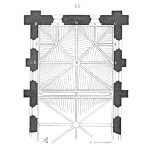
As reliability professionals, we have a lot to do. Risks to identify, failures to analyze. Plans to draft, numbers to crunch. Meetings, writing, research, and leading fill the day.
The list of tasks that you have before you each day is impressive and daunting. So, how do you focus on what actually requires your attention and not just the tasks that get your attention?










